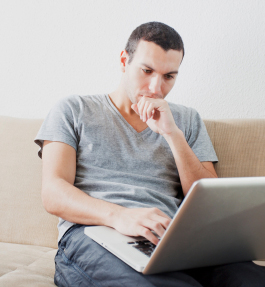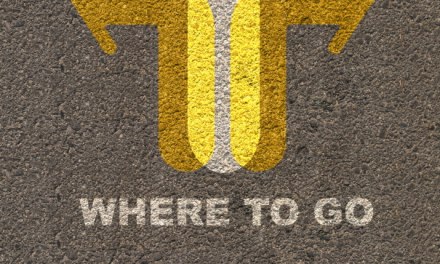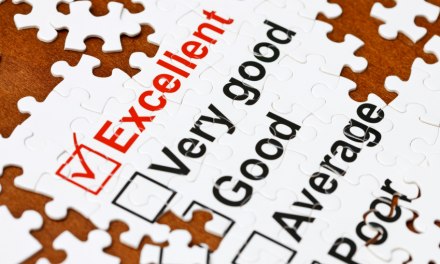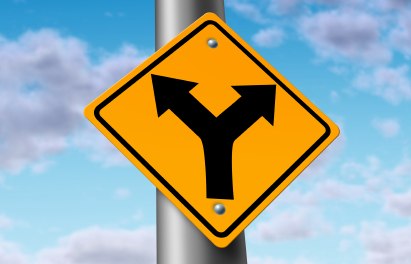At the moment I’m working with two programs that happen to be located on opposite sides of the country, helping them prep for accreditation surveys. Both are busy outpatient providers, one nonprofit, the other private for-profit. Both were forced to abruptly suspend live services in response to the pandemic.
They made the switch (ready or not) to the all-telehealth model in a matter of just a few weeks. No, that’s not the optimal turnaround time. Still, approaching six months in, things appear to be going better than expected.
With reservations, of course. The obvious advantages:
They can fit more clients and treatment sessions into a day and evening – always a good thing in terms of access and staff schedules. Surprisingly, there are fewer no-shows (also good news, say the CFOs). Both programs work primarily with mandated clients. One serves mainly DWI and drug offenders; the other takes people directly from correctional institutions. I was curious about that, as those are two are the more challenging populations.
Next question: are they getting paid for their work? Yes. In one case, not as promptly as in the past, but they’re getting by. The Payroll Protection Program (PPP) helped.
Retention in treatment, to date at least, is actually better than pre-telehealth. There are fewer people being referred in for treatment, however, due to changes at the referral sources. We’ll have to keep an eye on that.
Now for some disadvantages:
I get frequent questions from providers who feel unsure how well their telehealth clients are doing, in terms of common measures like, for instance, substance use. Are they still drinking, using drugs, and not admitting it? Hard to tell sometimes. But that’s true for outpatient care in live settings too. I recall hearing of one client who confessed that he’d been through three outpatient programs, all ‘successfully’, without ever actually stopping drinking, even for a day or two. He used the program to secretly control his consumption – which, not surprisingly, rose again as soon as he ‘graduated’.
Sigh.
Some clinicians have realized how much they depended on face-to-face cues to pick up on signs of trouble. Not just signs of secret drinking but emerging depression, sleep disruption, anxiety and panic disorders, etc. They were finding it difficult to have confidence when they used a TV connection.
Still others said: nah, no problem.
Early indications are that telehealth connections work well when it comes to prescribing Suboxone. “It’s a way to expand access to opioid substitutes,” one doctor said. “That offsets any downside.” I visited one other provider that was quite pleased with their revised Suboxone program. There weren’t many alternatives where they were located, and telehealth greatly expanded their reach to less populous areas.
A psychiatrist friend was less pleased with assessments done on camera. He suspected he was not picking up on things the way he once did. He feared signs of suicidal behavior might be among those missed.
As an aside, one ED complained about costly restrictions placed on programs that would normally do their own in-house drug testing. New rules included (among others) thorough cleaning and disinfecting of test areas every other day. “You know how much that costs?” he complained. “I told them they’d have to send me more business to make it worth my while.” The customer went elsewhere.
Anyway, that’s how it stands, year to date. I feel certain that more changes are coming.
By the way, here’s something from NYT on telemedicine in opioid treatment:













